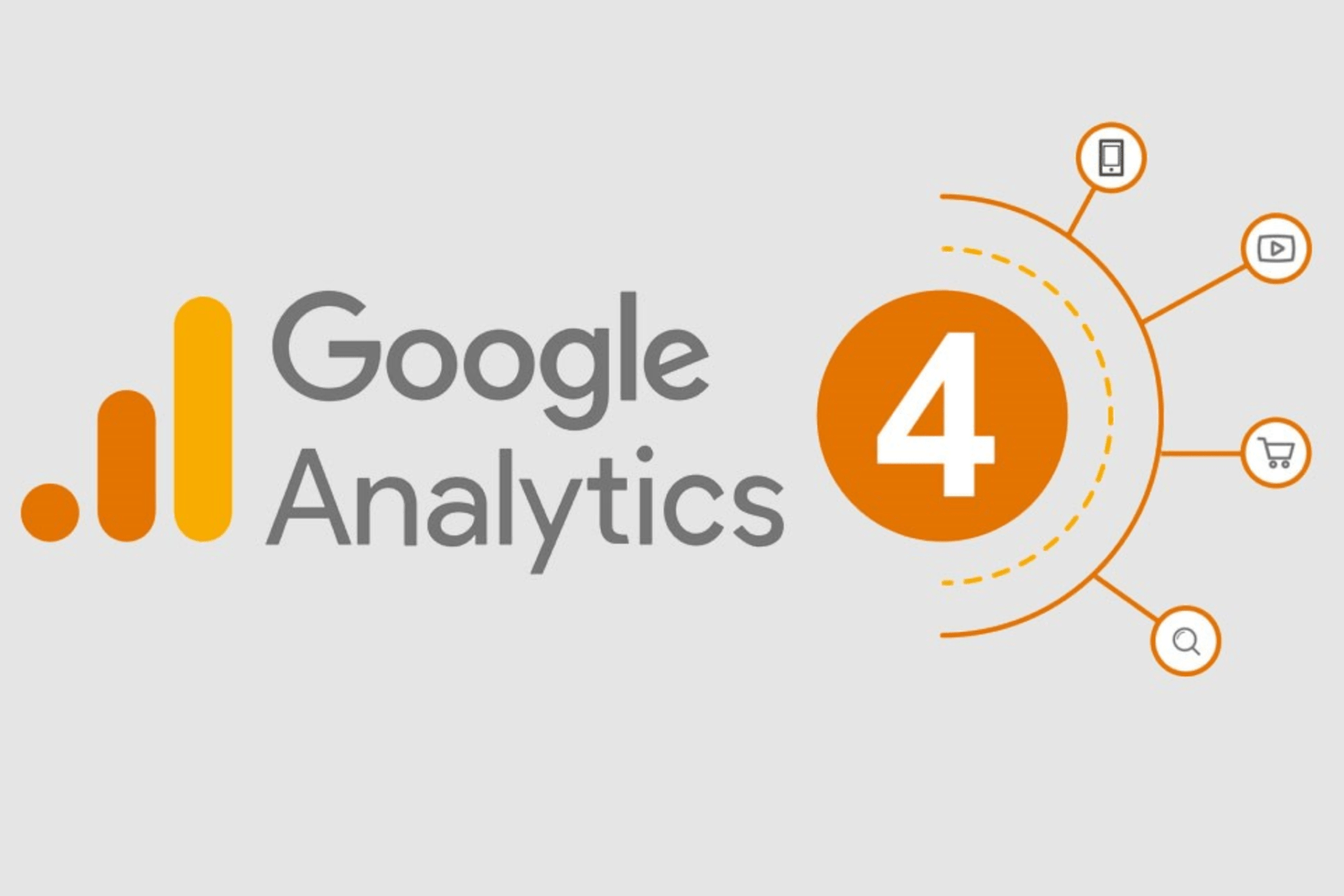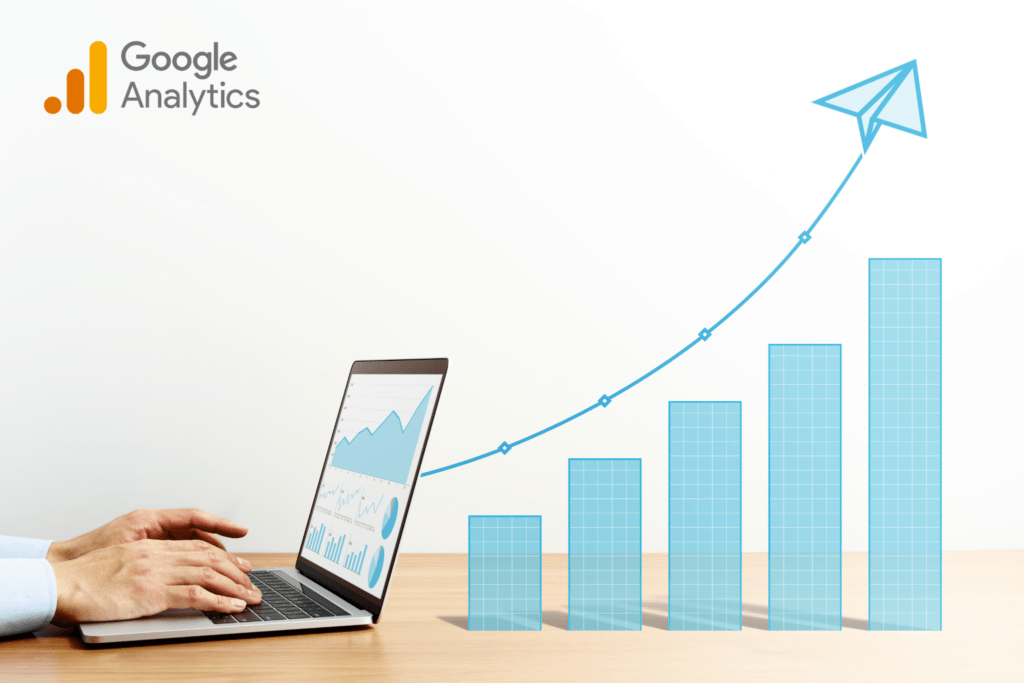In the ever-evolving landscape of digital marketing and web analysis, Google Analytics 4 (GA4) emerges as a powerful tool designed to meet the complex needs of modern businesses. As companies increasingly operate across multiple platforms and devices, GA4 offers a more comprehensive and flexible approach to understanding user behavior and measuring performance.
What is Google Analytics 4?
Google Analytics 4 represents the latest iteration of Google’s analytics platform. It’s a significant leap forward from its predecessor, Universal Analytics (UA), offering a more holistic view of user interactions across websites and apps. GA4 is built on a foundation that addresses the changing digital ecosystem, privacy concerns, and the need for more predictive analytics.
Key features of GA4 include:
- Event-based data model
- Cross-platform tracking
- Machine learning-driven insights
- Enhanced privacy controls
- Predictive metrics
- Customizable reporting
Let’s delve deeper into each of these features to understand how GA4 is reshaping the analytics landscape.
Key Differences from Universal Analytics
To appreciate the advancements GA4 brings, it’s essential to understand how it differs from Universal Analytics:
- Data Model: GA4 utilizes an event-based model, a significant shift from the session-based approach of Universal Analytics. This change allows for more flexible and granular tracking of user interactions.
- User Identification: GA4 offers improved cross-device tracking capabilities. It uses machine learning to fill in gaps in user journeys, providing a more complete picture of how users interact with your digital properties across different devices and platforms.
- Flexibility: GA4 provides more customizable event and conversion tracking options. This flexibility allows businesses to tailor their analytics to their specific needs and goals.
- Privacy Focus: With increasing global emphasis on data privacy, GA4 includes enhanced data controls to aid in regulatory compliance. This includes features like data deletion requests and more granular data retention settings.
- Predictive Metrics: GA4 utilizes machine learning for forecasting and insights. This can help businesses anticipate future trends and user behaviors.
- Reporting Interface: GA4 introduces a new user interface with different report types, focusing on providing actionable insights rather than just raw data.
Core Features of GA4
Event-Based Tracking
At the heart of GA4’s functionality is its event-based tracking system. Unlike Universal Analytics, which primarily focused on session-based data, GA4 treats all user interactions as events. This includes:
- Page views
- Clicks
- Form submissions
- Custom actions
- E-commerce interactions (add to cart, purchase, etc.)
- Video engagement
- File downloads
This model provides greater flexibility in data collection and analysis. It allows businesses to track and analyze specific actions that are most relevant to their goals, rather than being constrained by predetermined metrics.
Cross-Platform Analytics
In today’s multi-device world, users often interact with a brand across various platforms before converting. GA4 addresses this by unifying data from websites and mobile apps, offering a more complete view of the customer journey across different platforms and devices.
This cross-platform capability allows businesses to:
- Track user journeys that start on one device and end on another
- Understand how users interact with both your website and mobile app
- Create a more holistic view of the customer experience
- Make more informed decisions about multi-platform marketing strategies
Enhanced Measurement
GA4 introduces enhanced measurement capabilities, which automatically track common events such as:
- Scrolling
- Outbound clicks
- Site search
- Video engagement
- File downloads
This feature significantly reduces the need for manual implementation of many common tracking scenarios, making it easier for businesses to gather comprehensive data without extensive technical setup.
AI-Powered Insights
Leveraging the power of machine learning, GA4 offers predictive metrics and insights that can help businesses make more informed decisions. These AI-powered features include:
- Identifying trends in data
- Predicting future user actions
- Forecasting metrics like churn probability and potential revenue
- Alerting users to significant changes in metrics
These predictive capabilities can help businesses anticipate customer needs, optimize marketing spend, and identify potential issues before they become significant problems.
Improved Reporting Capabilities
GA4 introduces several new report types designed to provide deeper insights into user behavior and conversion paths:
- Funnel Analysis: Visualize and analyze the steps users take towards conversion
- Path Exploration: Understand how users navigate through your site or app
- User Lifetime Value Analysis: Gain insights into the long-term value of different user segments
- Cohort Analysis: Analyze the behavior and performance of specific groups of users over time
These advanced reporting tools allow businesses to gain more actionable insights from their data, leading to more informed decision-making and strategy development.
Implementation of GA4
Setting up GA4 involves several steps:
- Access your Google Analytics account
- Navigate to the Admin section
- In the Property column, select “Create Property”
- Choose between “Web” or “Web and App” tracking
- Follow the setup wizard instructions
- Implement the GA4 tracking code on your website or app
It’s important to note that while GA4 will eventually replace Universal Analytics, Google recommends running both in parallel for now. This allows you to compare data and familiarize yourself with the new system while still having access to your historical UA data.
Data Collection and Privacy in GA4
With increasing global focus on data privacy, GA4 has been designed with privacy in mind. Key privacy features include:
- IP anonymization by default
- Shorter data retention periods
- More granular data controls
- Consent mode for regions with strict privacy laws (like the EU)
These features help businesses comply with regulations like GDPR and CCPA while still gathering valuable analytics data.
Advanced Features of GA4
For power users and businesses with complex analytics needs, GA4 offers several advanced features:
- BigQuery Integration: Free BigQuery export for all GA4 properties, allowing for complex data analysis and integration with other data sources.
- Custom Dimensions and Metrics: Create your own dimensions and metrics to track data specific to your business needs.
- Audience Building: Create detailed audience segments based on user behavior, which can be used for targeted marketing efforts.
- Data-driven Attribution: Use machine learning to understand the impact of different marketing touchpoints on conversions.
- Debugging Tools: Built-in DebugView to help troubleshoot your implementation and ensure accurate data collection.
Frequently Asked Questions
To address common concerns about GA4, here are answers to some frequently asked questions:
Q: Is migration to GA4 mandatory? A: Yes, Universal Analytics will cease processing new data on July 1, 2023. All businesses using Google Analytics will need to transition to GA4 to continue collecting data after this date.
Q: Will historical data transfer to GA4? A: No, GA4 properties start collecting data from the point of implementation. Universal Analytics data will remain accessible separately for a period of time after UA is deprecated.
Q: Does GA4 require more technical expertise than Universal Analytics? A: While there is a learning curve, many users find GA4 more intuitive after an initial adjustment period. However, some advanced features may require additional technical knowledge.
Q: Can I use GA4 for e-commerce tracking? A: Yes, GA4 includes robust e-commerce tracking capabilities, including enhanced e-commerce features similar to those in Universal Analytics.
Q: How does GA4 handle sampling in reports? A: GA4 uses a different approach to data sampling than Universal Analytics, generally resulting in less data sampling in standard reports.
Best Practices for GA4 Adoption
To make the most of GA4, consider the following best practices:
- Begin implementation early to acclimate to the new system and start collecting data
- Utilize Google Tag Manager for easier deployment and management of tags
- Configure custom events to track business-specific actions and goals
- Explore new reporting and analysis tools to uncover valuable insights
- Provide training for team members on the new interface and metrics
- Regularly review and update your tracking setup to ensure it aligns with your business objectives
- Take advantage of the cross-platform tracking capabilities if you have both a website and mobile app
- Use the predictive metrics to inform your marketing and business strategies
- Familiarize yourself with the new data retention and privacy settings to ensure compliance with relevant regulations
Potential Challenges and Solutions
While GA4 offers many advantages, there are some potential challenges to be aware of:
- Learning Curve: The new interface and metrics can take time to understand. Solution: Invest in training and give your team time to adapt.
- Historical Data Comparison: Initial difficulties in comparing new GA4 data with historical UA data. Solution: Run both UA and GA4 in parallel during the transition period.
- Custom Report Recreation: Existing custom reports from UA will need to be recreated in GA4. Solution: Plan time to rebuild essential reports in the new system.
- Event Tracking Setup: The event-based model may require rethinking how you track certain interactions. Solution: Use the enhanced measurement features and carefully plan your custom event tracking.
Conclusion
Google Analytics 4 represents a significant advancement in digital analytics technology. It offers improved cross-platform tracking, enhanced privacy features, and more powerful analytical capabilities. While the transition from Universal Analytics may present some challenges, the benefits of GA4 in providing a more comprehensive understanding of user behavior across multiple platforms make it a valuable tool for modern digital marketing and analysis.
As the digital landscape continues to evolve, embracing GA4 will be crucial for businesses seeking to make data-driven decisions and optimize their online presence effectively. Early adoption and thorough exploration of its features will position organizations to leverage the full potential of this new analytics paradigm.
By starting your transition to GA4 now, you can ensure that you’re well-prepared for the future of web analytics and positioned to gain valuable insights that will drive your business forward in the increasingly complex digital ecosystem.

